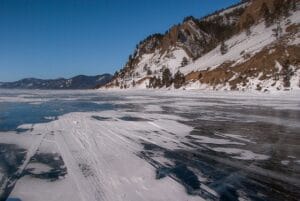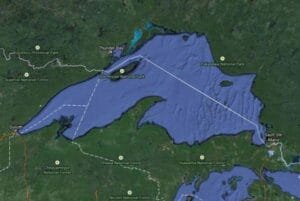The largest collision with the Earth by the large Comet, Asteroid, Meteorite, and other Celestial objects in the History of the Earth. The Marks of the Impacts are confirmed by the Expedition and Research, which occurred millions of years ago on Earth. The Major Impacts can occur every 10 million years and 5m to 10m in diameter Asteroid enters the Earth’s atmosphere once a year. The Earth has been hit by 60 objects during the last 600 million years. The largest confirmed Impact on Earth is Vredefort occurred around 2020 million years ago in a free state of South Africa, it spread at a Diameter of 300 km.
1. Vredefort Crater
Vredefort is the largest confirmed impact crater on Earth, the Spot located in the Free State in South Africa. The diameter of the Crater is around 250 to 300 Km that occurred by the Asteroid (5-10 Km in diameter) some around 2.023 Billion Years ago. This crater has listed in UNESCO World Heritage Sites in 2005 for its geological structure.
2. Sudbury Basin
It one of the Major known impact craters on Earth, Sudbury also the oldest impact that occurred in Ontario in Canada. This Impact crater created a great geological structure around 250 Km in diameter, the impact formed from bolide that estimated at around 10-15 km in diameter occurred about 1850 million years ago.
3. Chicxulub Crater
The Impact occurred in Mexico around 65 million years ago, more than 180 km in diameters and 20 km in depth. The Impact discovered in 1978 by Antonio Camargo who had been searching for petroleum. The Largest Impact continues in the list with details, the impacts confirmed by geological experts and scientists.
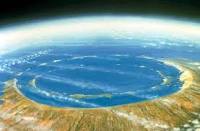 | 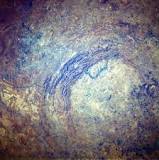 | 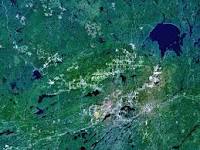 |
| Rank | Name | Location | Diameter (km) | Age (million years) |
|---|---|---|---|---|
| 4 | Woodleigh | Western Australia, Australia | 60-160 | 364 |
| 5 | Kara | Nenetsia, Russia | 120 | 70.3 |
| 6 | Manicouagan | Quebec, Canada | 100 | 215 |
| 7 | Popigai | Siberia, Russia | 100 | 35.7 |
| 8 | Acraman | South Australia, Australia | 85-90 | 580 |
| 9 | Chesapeake Bay | Virginia, United States | 85 | 35.5 |
| 10 | Puchezh-Katunki | Nizhny Novgorod Oblast, Russia | 80 | 167 |
| 11 | Morokweng | Kalahari Desert, South Africa | 70 | 145 |
| 12 | Yarrabubba | Western Australia, Australia | 30-70 | 2650 |
| 13 | Tai | Lake Tai, China | 68.5 | 360-375 |
| 14 | Tookoonooka | Queensland, Australia | 55-66 | 112-133 |
| 15 | Beaverhead | Idaho and Montana, United States | 60 | 600 |
| 16 | Charlevoix | Quebec, Canada | 54 | 342 |
| 17 | Siljan Ring | Dalarna, Sweden | 52 | 377 |
| 18 | Karakul | Pamir Mountains, Tajikistan | 52 | 25 |
| 19 | Montagnais | Nova Scotia, Canada | 45 | 50.5 |
| 20 | Araguainha | Central Brazil | 40 | 244.4 |
| 21 | Saint Martin | Manitoba, Canada | 40 | 220 |
| 22 | Mjolnir | Barents Sea, Norway | 40 | 142 |
| 23 | Steen River | Alberta, Canada | 24-40 | 91 |
| 24 | Carswell | Saskatchewan, Canada | 39 | 115 |
| 25 | Clearwater West | Quebec, Canada | 36 | 290 |
| 26 | Manson | Iowa, United States | 35 | 74 |
| 27 | Guarda | Portugal | 35 | 200 |
| 28 | Slate Islands | Ontario, Canada | 32 | 450 |
| 29 | Keurusselka | Western Finland, Finland | 30-Oct | 1400-1500 |
| 30 | Shoemaker | Western Australia, Australia | 30 | 1630 |





